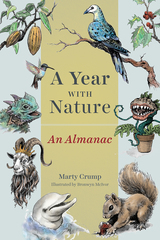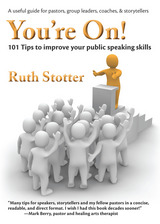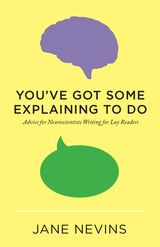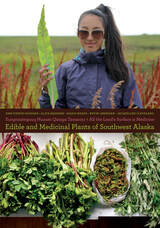4 start with Y start with Y

With Crump, we mark the publication of classics like Carson’s Silent Spring and White’s Charlotte’s Web, and even the musical premiere of Tchaikovsky’s Swan Lake. We note the discovery of the structure of DNA and the mountain gorilla, the rise of citizen science projects, and the work of people who’ve shaped how we view and protect nature—from Aristotle to E. O. Wilson. Some days feature US celebrations, like National Poinsettia Day and National Cat Day; others highlight country-specific celebrations, like Australia’s Wombat Day and Thailand’s Monkey Buffet Festival, during which thousands of macaques feast on an ornately arranged spread of fruits and vegetables. Crump also highlights celebrations that span borders, from World Wildlife Conservation Day to International Mountain Day and global festivities for snakes, sea turtles, and chocolate. Interweaving fascinating facts on everything from jellyfish bodies to monthly birth flowers with folkloric entries featuring the Loch Ness Monster, unicorns, and ancient Greek, Roman, and Egyptian mythology, the almanac is as exhaustive as it is enchanting.
A Year with Nature celebrates the wonder and beauty of our natural world as we have expressed it in visual arts, music, literature, science, natural history, and everyday experience. But more than this, the almanac’s vignettes encourage us to contemplate how we can help ensure that future generations will be able to enjoy the landscapes and rich biodiversity we so deeply cherish.


What are people who read opinion-page articles looking for? How can you reach people who read general-interest magazines? Hint: It's not the same as your colleagues or science journals.
This compact book offers the reasons and information that can help scientific writers adopt new habits to be successful and happy writing for a non-science audience. Go ahead and write journal-style for science journals and colleagues, says longtime science editor Jane Nevins, but you'll need to try different styles to reach a different audience.
The book is divided into three parts: The Meet-up, Simple Fixes, and Science and Style. In The Meet-up, Nevins describes the different venues for lay writing, from opinion pages to popular magazines, and what readers of each expect and respond to best. In Simple Fixes, she shows how jargon, "cross-over words," and hackneyed expressions can be remedied, clearing away confusion for your readers. In Science and Style, she discusses what to put first, how to quote and paraphrase in lay copy, and what to leave out.
Throughout You've Got Some Explaining to Do, Nevins gives concrete, specific examples tied to neuroscience. The author, who served as the first editor in chief of the Dana Press, brings more than 20 years of experience in translating neuroscience to lay readers.
"No one is better at helping one learn to write for the non-professional public, as I can personally testify, than Jane Nevins."-Nobel laureate Eric R. Kandel, M.D., Director, Kavli Institute for Brain Science, Columbia University College of Physicians and Scientists.

READERS
Browse our collection.
PUBLISHERS
See BiblioVault's publisher services.
STUDENT SERVICES
Files for college accessibility offices.
UChicago Accessibility Resources
home | accessibility | search | about | contact us
BiblioVault ® 2001 - 2024
The University of Chicago Press









